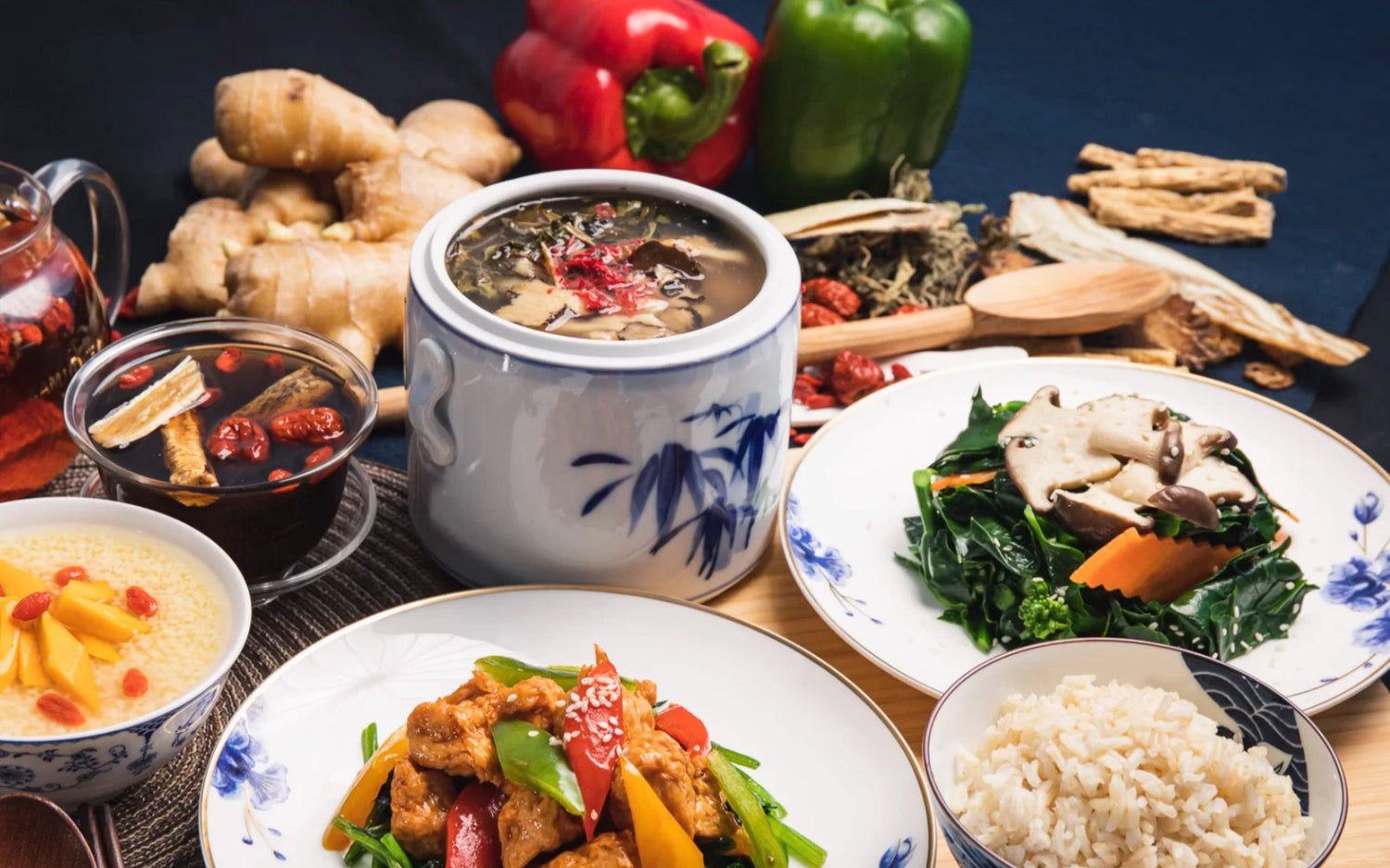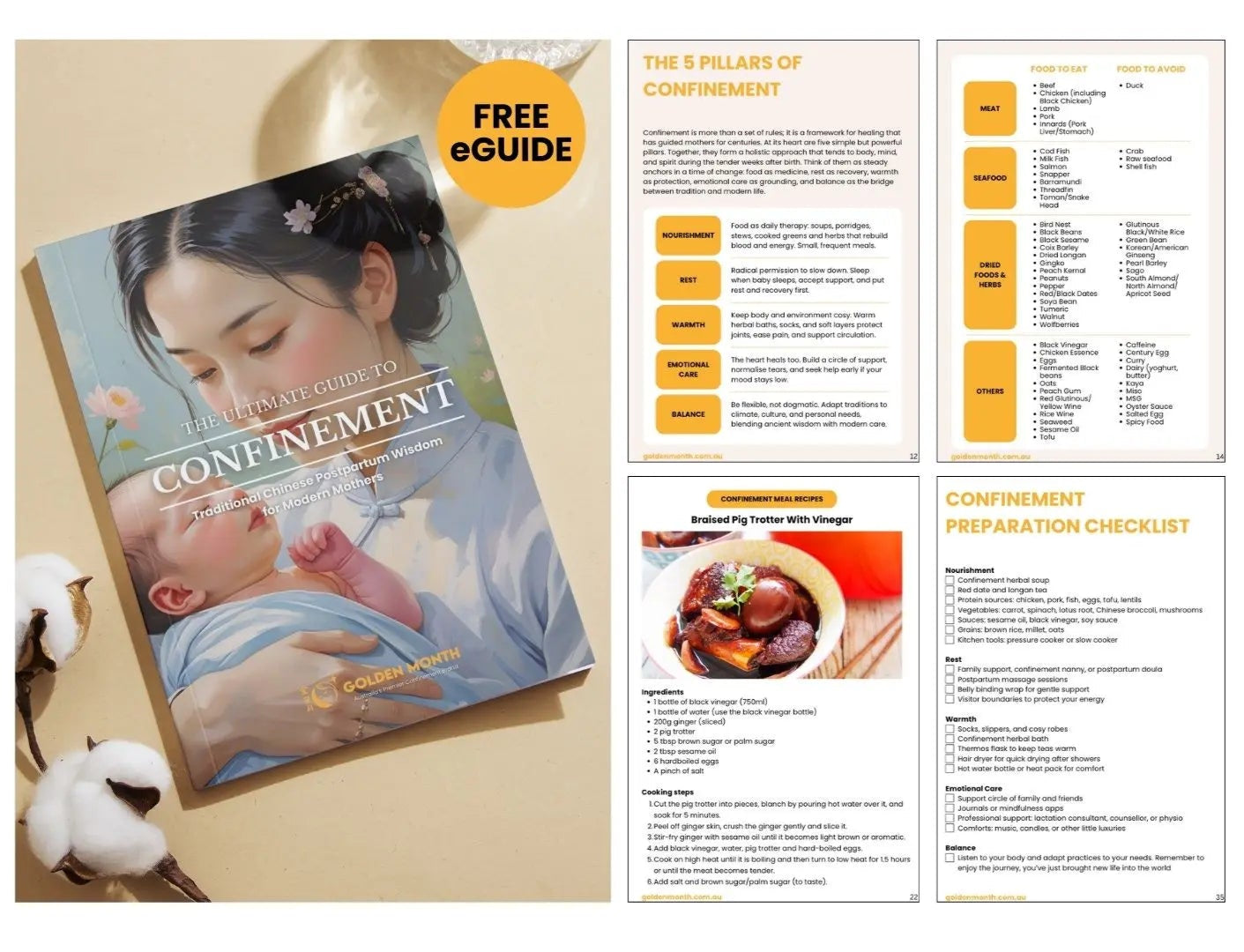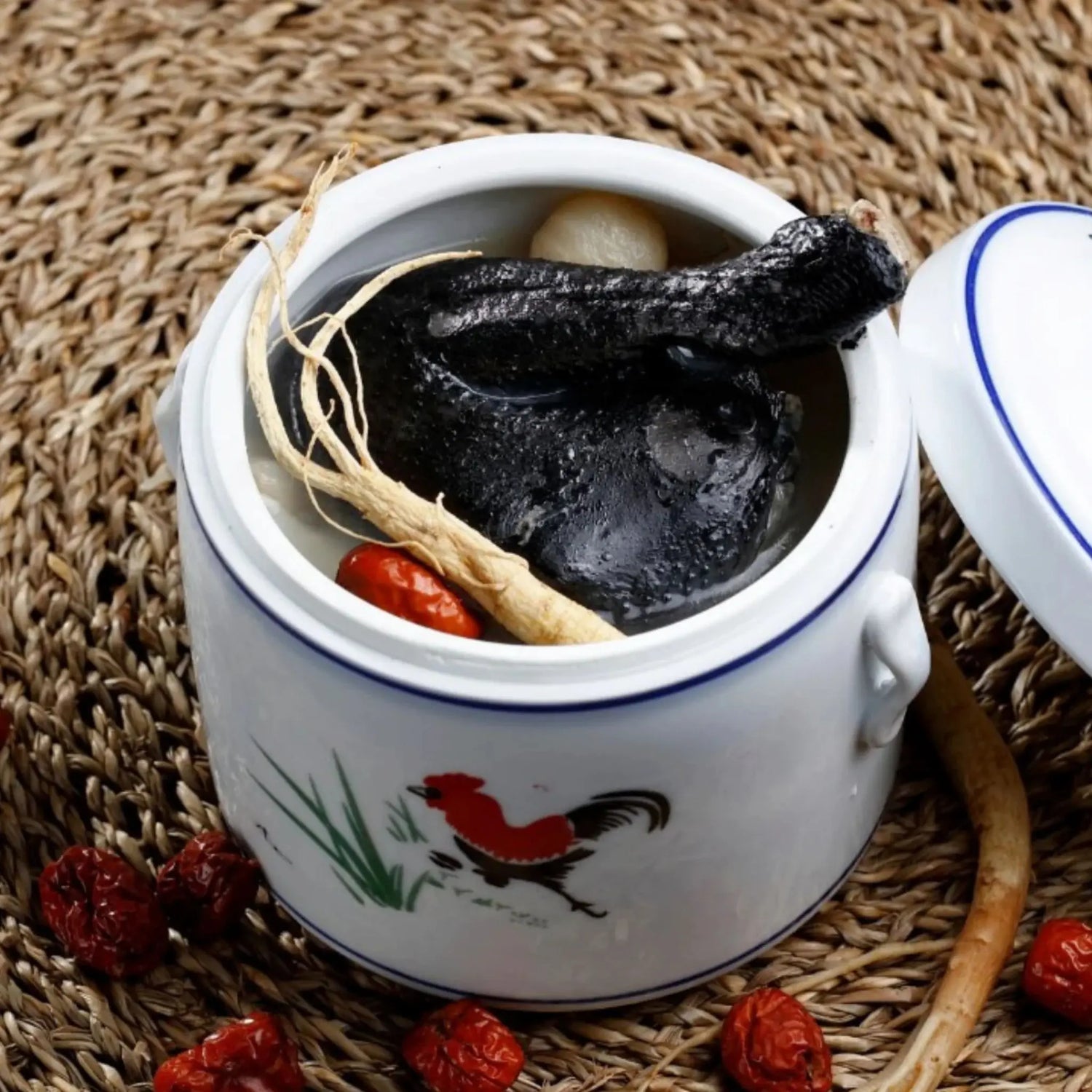Intro to Confinement
An introduction to the traditional Chinese practices that support healing in the first 30 days after birth

养身一月, 受益一生
Nurture the body for one month, benefit for a lifetime.

历史悠久的治疗传统
产后,女性的身体处于脆弱状态。传统中医认为产后是休息、修复和重建的关键时期。这种做法被称为“坐月子” 。
坐月子是中国大陆、香港、台湾、马来西亚、新加坡、印度尼西亚和越南华人社区常见的产后习俗。它并非指限制产妇,而是指一段专门的保护、温暖和滋养产妇的时间。传统上,坐月子持续28至40天,为产妇提供深度恢复的空间,并预防未来的健康问题。
这些做法基于文化传统和个人喜好,应在咨询医疗保健提供者后进行调整。

为什么重要
中医认为,分娩会导致气血亏虚,使身体更容易受寒、受风,并削弱肝脏、肾脏和脾脏等重要器官。如果没有得到适当的恢复,这可能会导致以下长期问题:
- 疲劳
- 荷尔蒙失衡
- 消化不良
- 关节和肌肉疼痛
- 免疫力下降
月子护理旨在恢复体内平衡,为终身健康奠定基础。其重点包括:
- 休息——让身体在没有身体压力的情况下恢复
- 保暖——保持身体隔热,支持器官恢复
- 营养——食用有助于愈合和乳汁分泌的特定食物和汤
- 支持——创造空间,增进感情,休息,保持心理健康
A Three-Stage Journey
In Traditional Chinese Medicine, postpartum healing is not seen as a single event but as a gradual journey. The body unfolds its recovery in stages, each with its own focus and needs. Rather than rushing back to “normal”, confinement honours these natural rhythms – first repairing what has been strained, then rebuilding strength, and finally consolidating vitality for long-term health.
The three-stage model has been trusted for centuries because it reflects how the body truly heals after birth.
By understanding each stage, mothers can give their bodies exactly what they need at the right time. Each stage requires different herbs and nutrients, which is why it is important that soups and meals are carefully tailored for each phase.
-
Stage 1: Release & Repair (清,催)
The first days after birth are about gentle recovery. This stage focuses on clearing lochia, supporting uterine repair and encouraging milk flow. Warmth and nourishment help your body begin its path back to balance.
-
Stage 2: Regulate & Rebalance (调)
As your body stabilises, the focus shifts to harmonising digestion and improving nutrient absorption. This stage helps replenish Qi and blood while restoring steady energy through balanced nourishment.
-
Stage 3: Rebuild & Revitalise (补,养)
The final stage consolidates vitality for the long term. By nourishing the liver and kidneys, improving circulation and building reserves, this phase supports deeper renewal and lasting recovery.
The 5 Pillars of Confinement
Confinement is more than a set of rules; it is a framework for healing that has guided mothers for centuries. At its heart are five simple but powerful pillars. Together, they form a holistic approach that tends to body, mind, and spirit during the tender weeks after birth. Think of them as steady anchors in a time of change: food as medicine, rest as recovery, warmth as protection, emotional care as grounding, and balance as the bridge between tradition and modern life.
-
Nourishment
Food as daily therapy: soups, porridges, stews, cooked greens and herbs that rebuild blood and energy. Small, frequent meals.
-
Rest
Radical permission to slow down. Sleep when baby sleeps, accept support, and put rest and recovery first.
-
Warmth
Keep body and environment cosy. Warm herbal baths, socks, and soft layers protect joints, ease pain, and support circulation.
-
Emotional Care
The heart heals too. Build a circle of support, normalise tears, and seek help early if your mood stays low.
-
Balance
Be flexible, not dogmatic. Adapt traditions to climate, culture, and personal needs, blending ancient wisdom with modern care.
Looking for a stronger dose of wisdom?
This is just the beginning. For a complete look at confinement practices, recipes and recovery tips, download the free Ultimate Guide to Confinement

What's Inside
✔️ The 5 Pillars of Confinement
✔️ List of foods to eat & avoid
✔️ Confinement meal recipes
✔️ Daily meal plan
✔️ Myths & modern adaptation
✔️ Confinement preparation checklist

